Analysis of Political, Economic, Social Factors in HRM Context
VerifiedAdded on 2023/02/01
|7
|503
|54
Report
AI Summary
This report provides an analysis of the political, economic, social, and technological factors influencing Human Resource Management (HRM), particularly within the context of Australia. The political aspects discussed include governmental stability, the impact of political parties' policies, government practices, and the influence of policies on the healthcare sector, including immigration and visa regulations. Economically, the report considers factors such as GDP, supply and demand, employment opportunities, economic downturns, competition in healthcare, and foreign investment policies. Socially, the report examines generational differences in the workforce, cultural diversity, discrimination, globalization, and the challenges these factors pose for HRM. Finally, the technological aspects cover the use of technology for patient data, medical treatments, and innovations in medical engineering. The report also references several academic sources that support the analysis.
1 out of 7

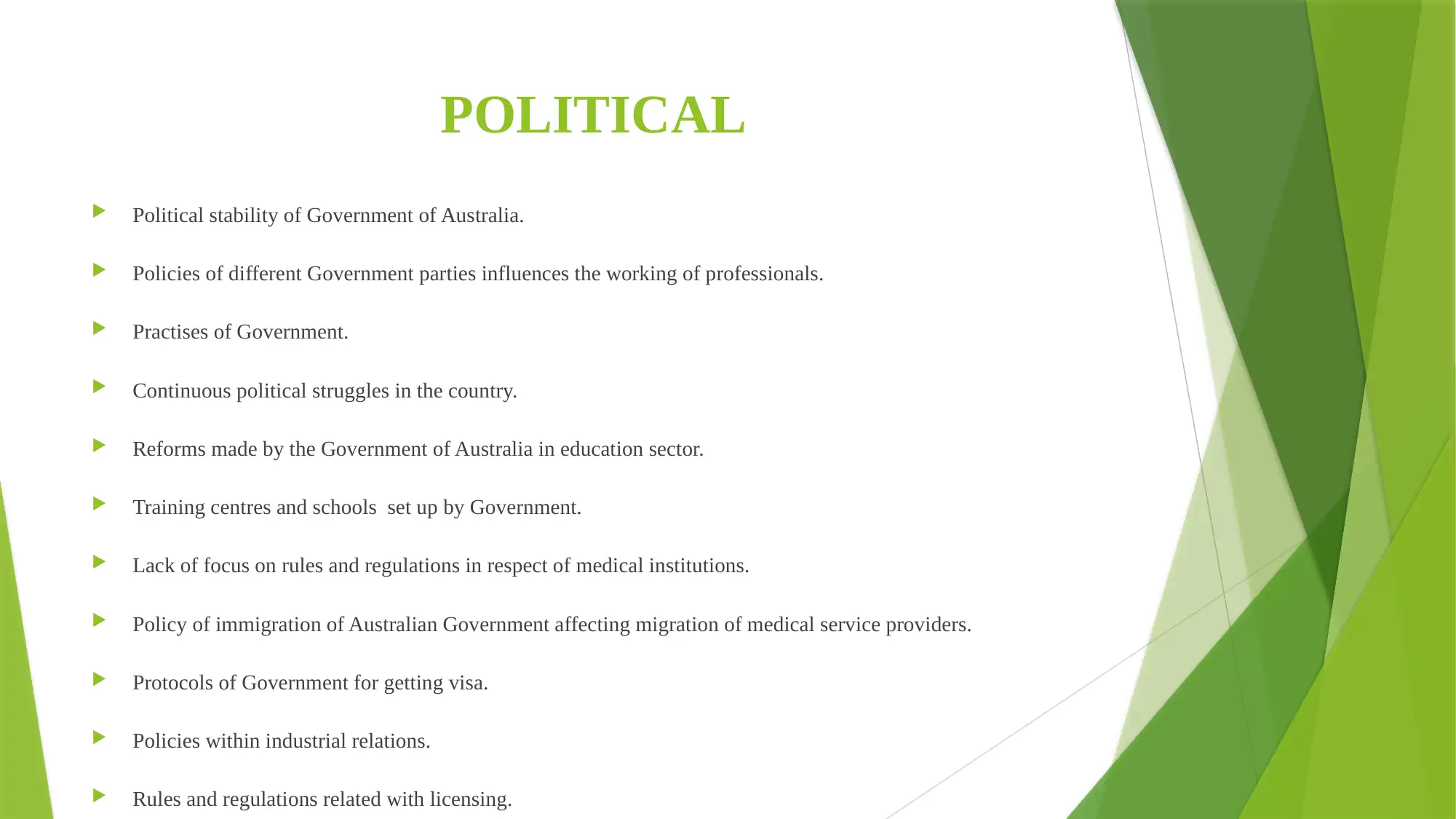
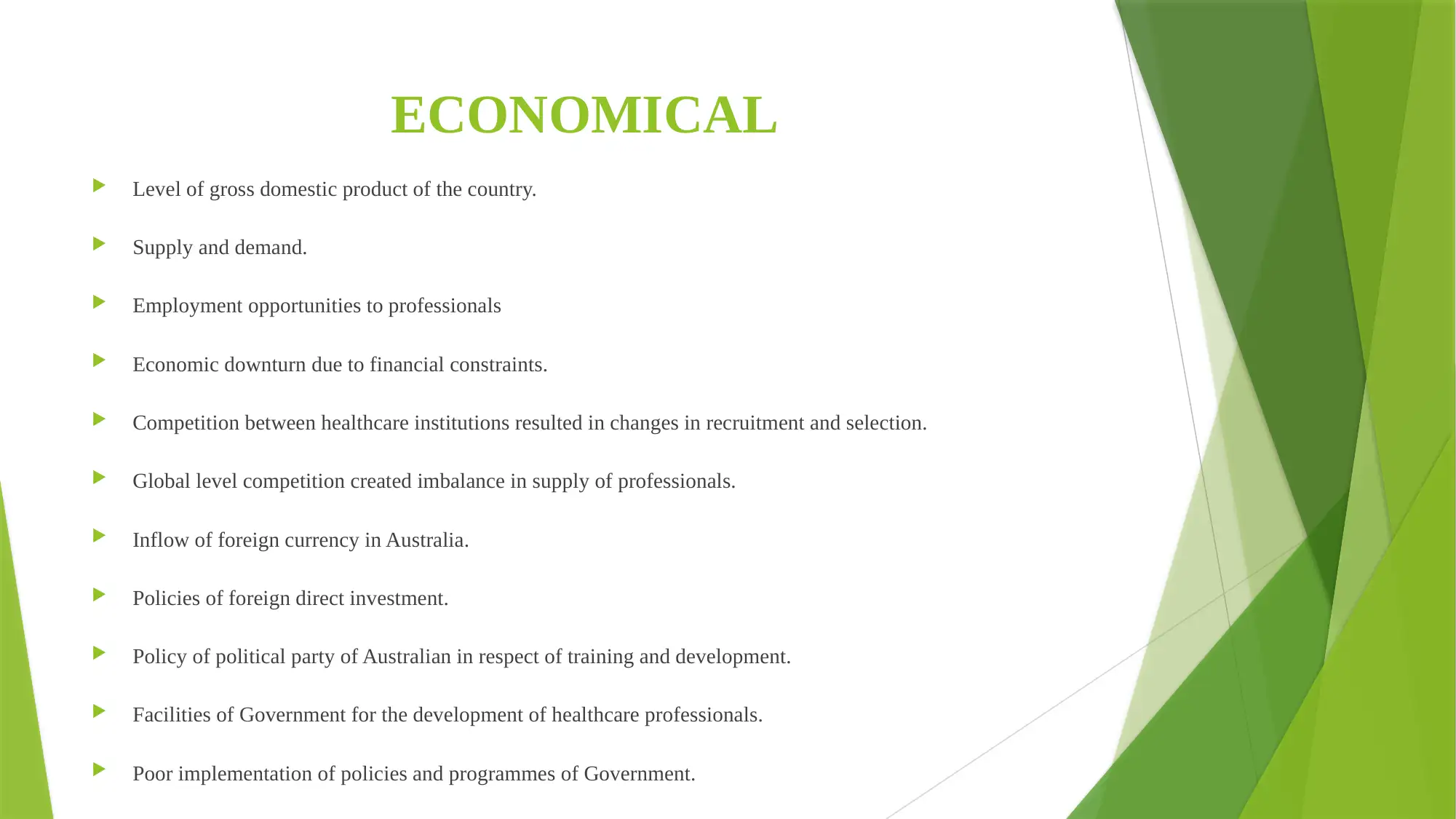

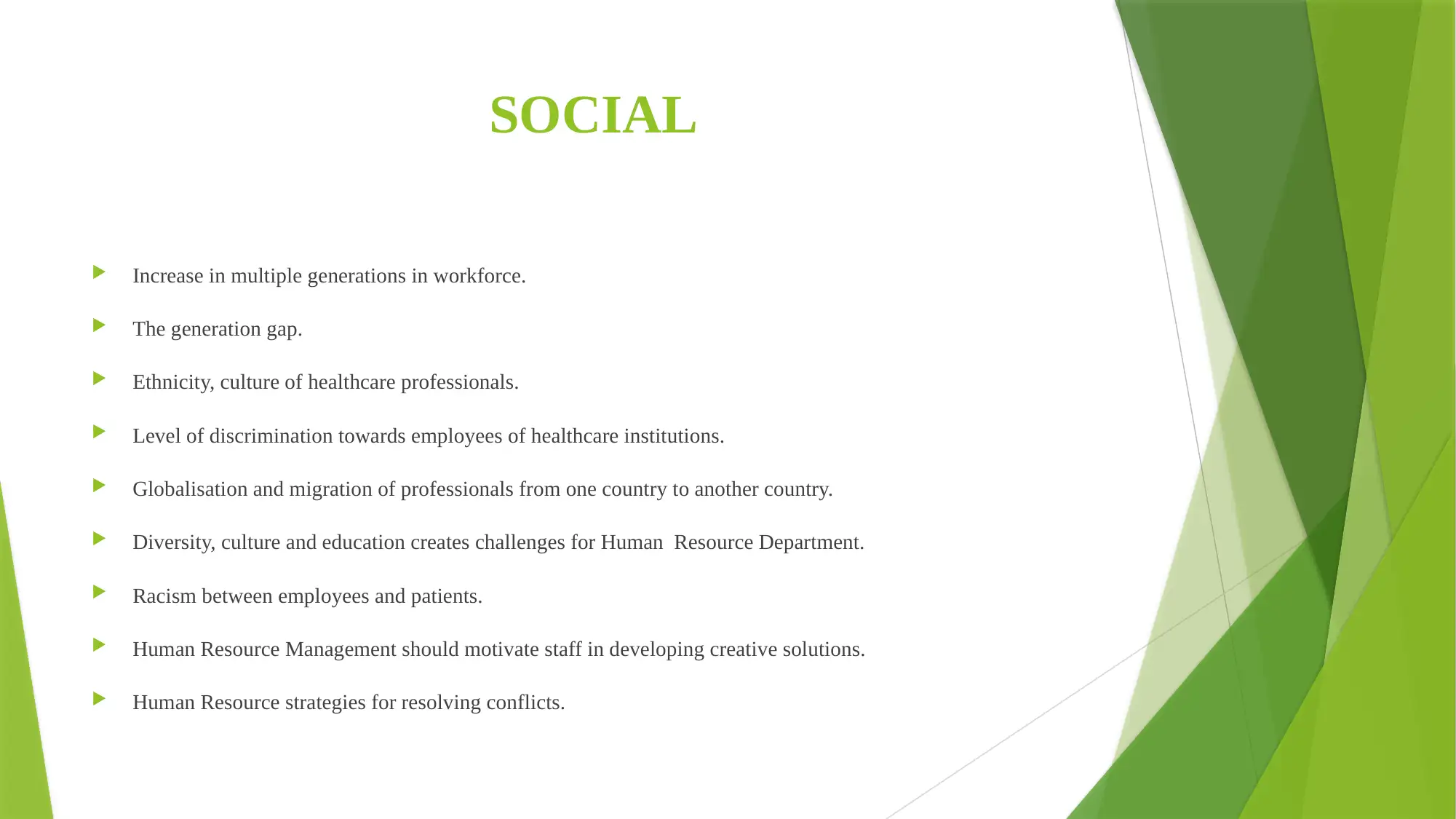
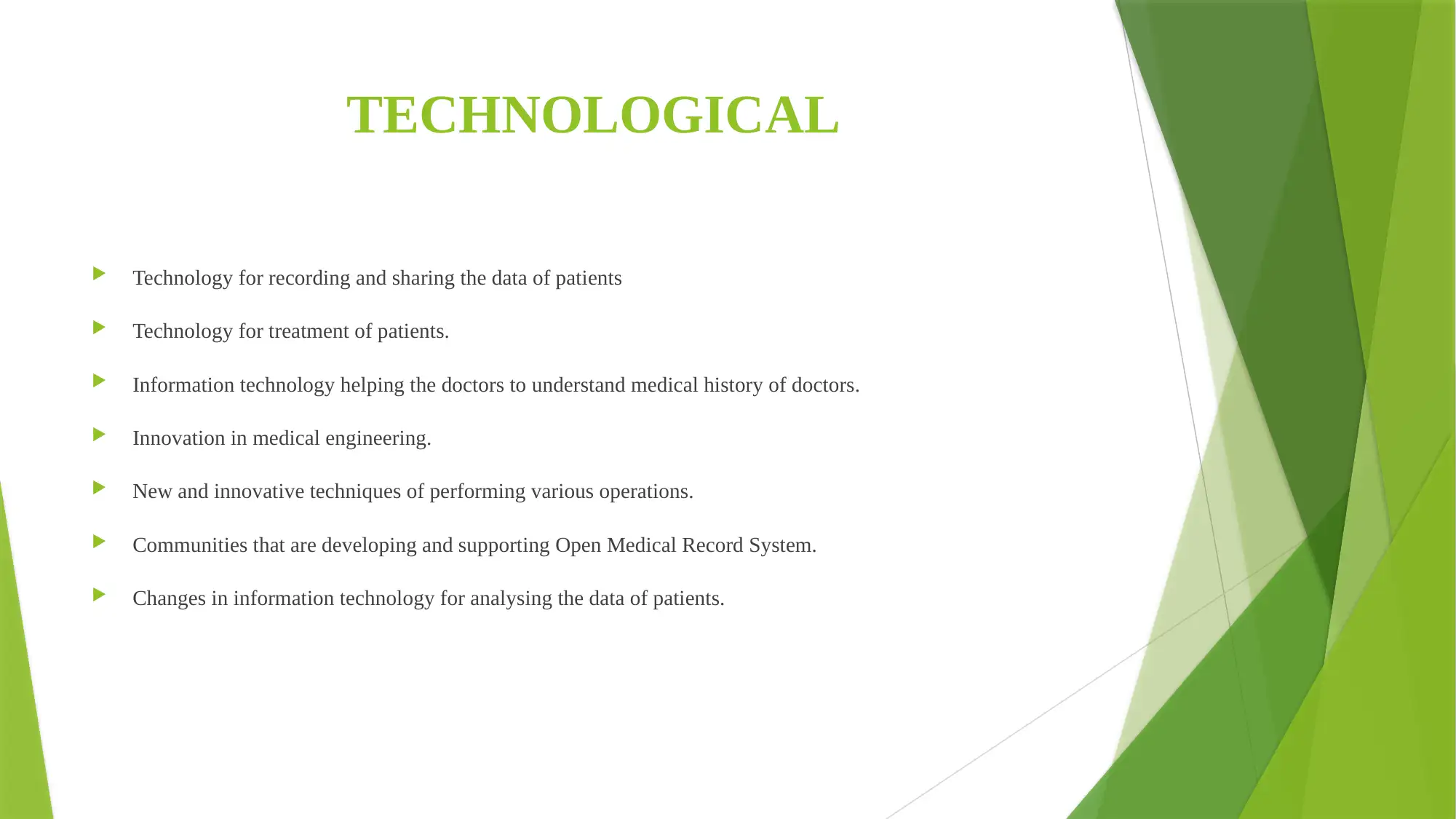
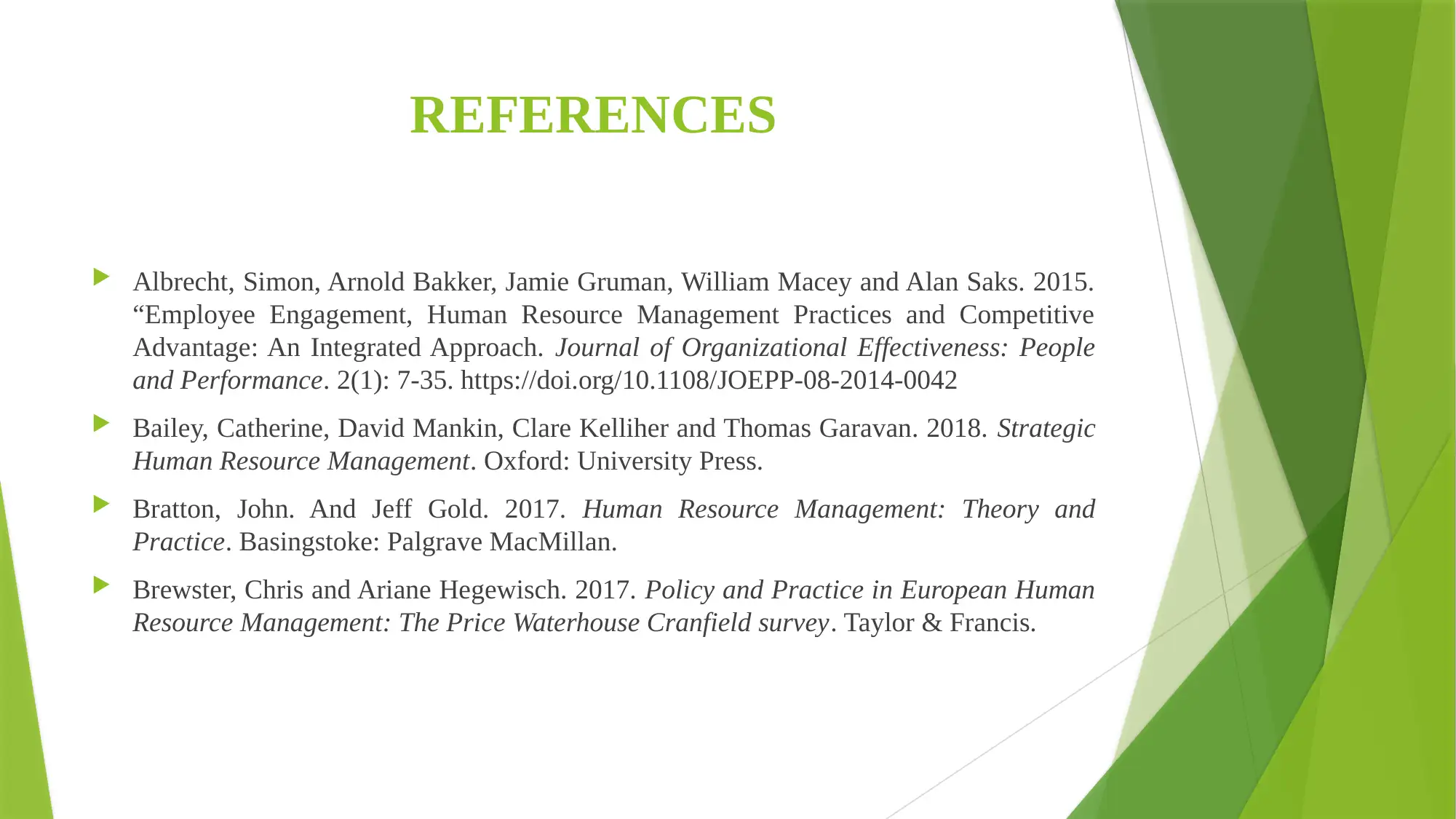







![[object Object]](/_next/static/media/star-bottom.7253800d.svg)